How to choose a suitable trailer jack
Trailer jacks have different weights and lengths. Remember to consider the length of the jack in the retracted and extended positions. When extended, the jack must raise the joint to a height high enough to remove the hitch ball from the vehicle. When driving, the jack must be retracted far enough to leave the ground. The following information can help you find a jack with the appropriate weight, capacity, and length for your application:1. How to select a suitable trailer jack to determine the height of the jack
Jack dimensions for retracted and extended positions
To determine if the jack is suitable for your trailer, you need to know the height at which the jack retracts and extends. These dimensions are usually used for jacks. They are transported from the bottom of the jack (including any possible supports) to the installation point. The installation point may vary depending on the type of socket. The standard A-frame jack is usually measured to the bottom of the mounting flange. Measure the installation jack of the pipeline to the center of the installation pipeline. Jacks with bolts on the bracket are usually measured to the centerline of the bracket.
Measurement of trailer tongue weight Trailer tongue weight scale
2. Trailer tongue weight
The weight of the trailer tow bar (TW) is the downward pressure exerted by the joint on the ball head of the hitch. Usually, TW is 10% to 15% of the total trailer weight (GTW), and GTW is the weight of the trailer when fully loaded. For example, a 5000 pound trailer has a TW weighing 500 to 750 pounds pressed onto a ball.
Choose a socket with a capacity that matches or exceeds your TW
If you are unsure of your TW, you can check our trailer towing reminder page for more information on how to weigh the trailer tongue. The Sherline trailer tongue weight scale can greatly simplify the weighing of the trailer tongue.
Due to manufacturing processes and costs, many jacks of different sizes and weights have similar prices. So you can use a jack that can easily surpass the trailer TW, but it won't be too big or too expensive. For example, you can use a 2000 pound jack for a 3500 GTW multi-purpose trailer, although the estimated TW is approximately 525 pounds.
3. Trailer tongue height
Measure the height from the ground to the bottom of the trailer coupling joint with the trailer level and parked on a level ground
The extension height of the jack should be approximately 4 "higher than the horizontal height of the joint, so that you can lift it over the ball used to connect and disconnect the trailer
The jack should be retracted enough to be shorter than the connector height of a horizontal trailer
When the trailer is towed, it should also be retracted (or rotated to one side) to clean the ground. To ensure that the jack can clean uneven ground, the higher it retracts, the better.
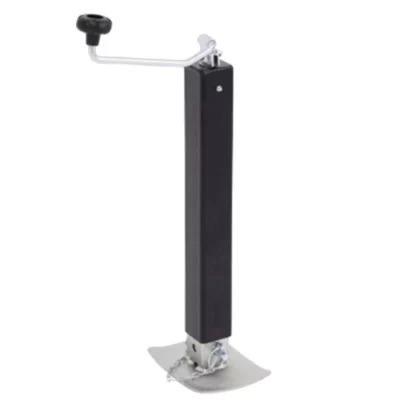
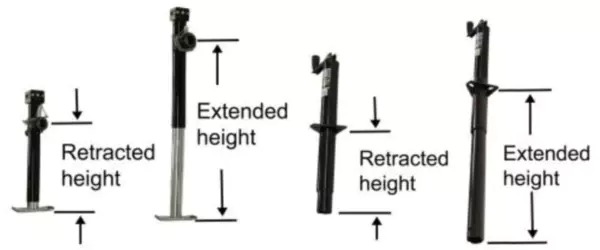
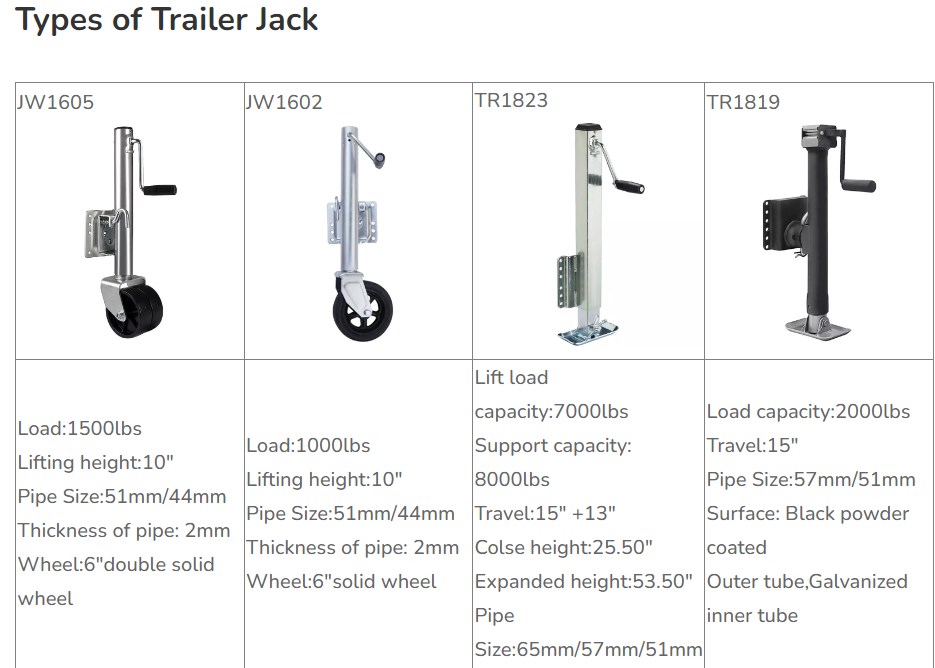
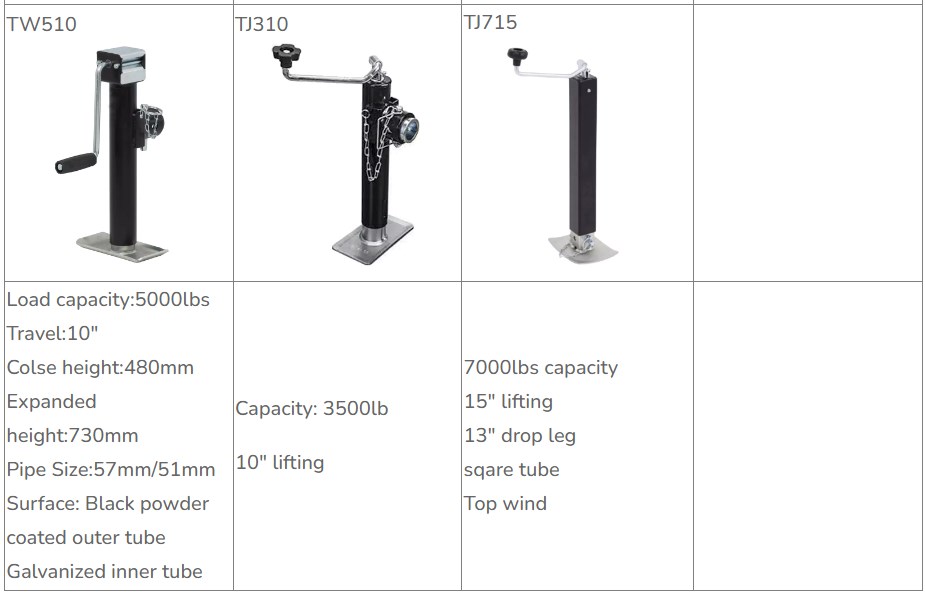



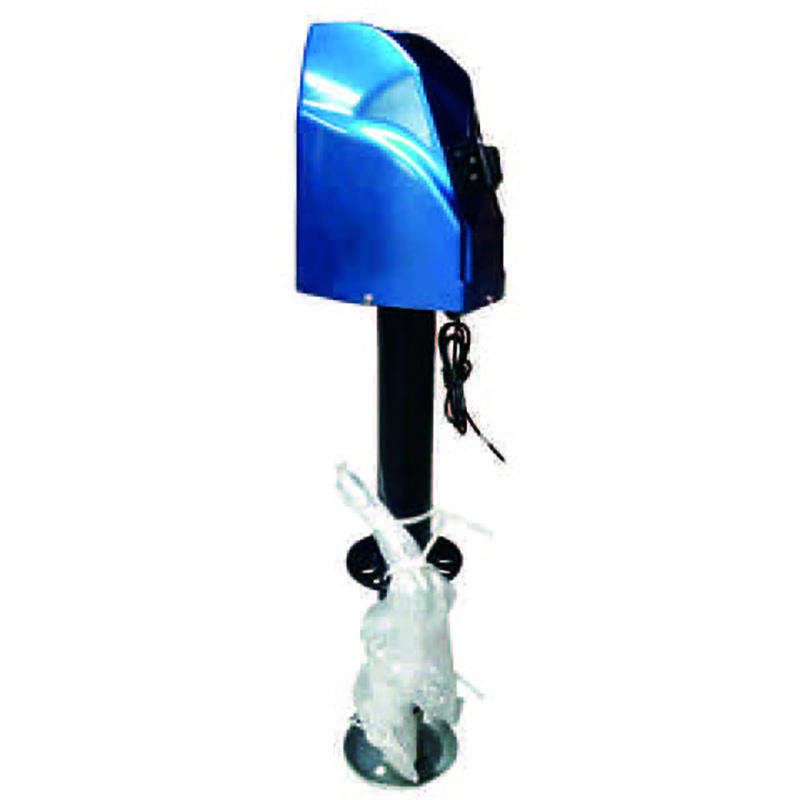 1BJY-324 4000LBS Capacity New Condition 12v Motor Trailer Electric Jack Parts and Accessories
1BJY-324 4000LBS Capacity New Condition 12v Motor Trailer Electric Jack Parts and Accessories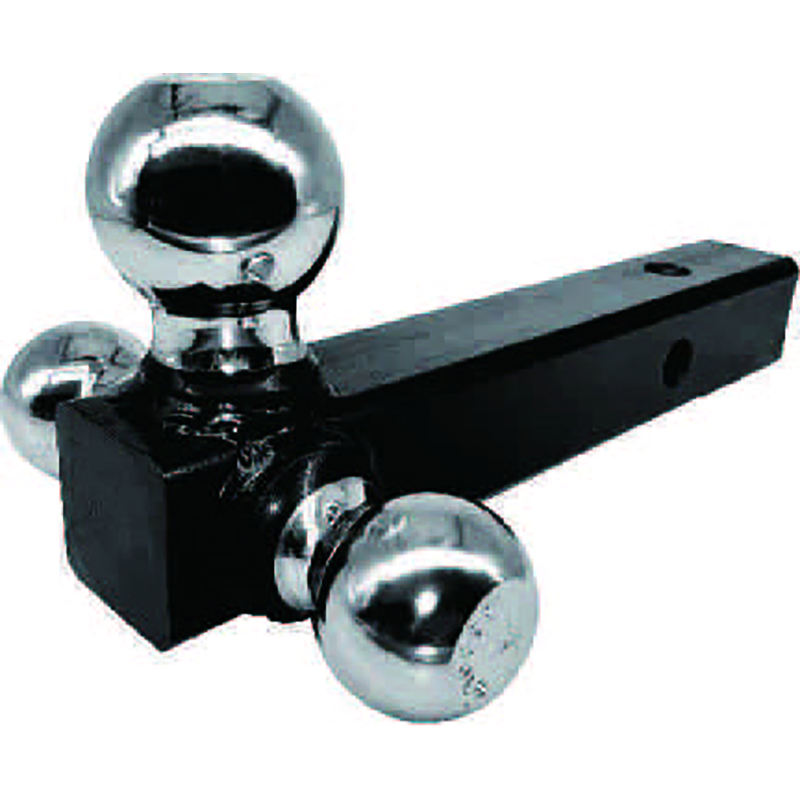 1BJY-HM-30 Chrome Ball Multi-Ball Mount New Condition Trailer Parts and Accessories with Clevis Hook Capacity 5000lbs
1BJY-HM-30 Chrome Ball Multi-Ball Mount New Condition Trailer Parts and Accessories with Clevis Hook Capacity 5000lbs 1BJY-A05 New Australian Coupler Equipped 3500KG Capacity Trailer Parts and Accessories with 50mm Ball Size
1BJY-A05 New Australian Coupler Equipped 3500KG Capacity Trailer Parts and Accessories with 50mm Ball Size Customized 40 Short Pitch Stainless Steel Extended Pin Roller Chain and Sprockets for Restaurant Industries
Customized 40 Short Pitch Stainless Steel Extended Pin Roller Chain and Sprockets for Restaurant Industries XG-4 High Quality Customized Rotary Tiller Blade Agricultural Machinery Part for Rotary Tiller Machine
XG-4 High Quality Customized Rotary Tiller Blade Agricultural Machinery Part for Rotary Tiller Machine 1BJY-TJ-15 New Weld-On Pipe-Mount Trailer Jack 5000LBS Capacity with Parts and Accessories Featuring Swivel Feature
1BJY-TJ-15 New Weld-On Pipe-Mount Trailer Jack 5000LBS Capacity with Parts and Accessories Featuring Swivel Feature